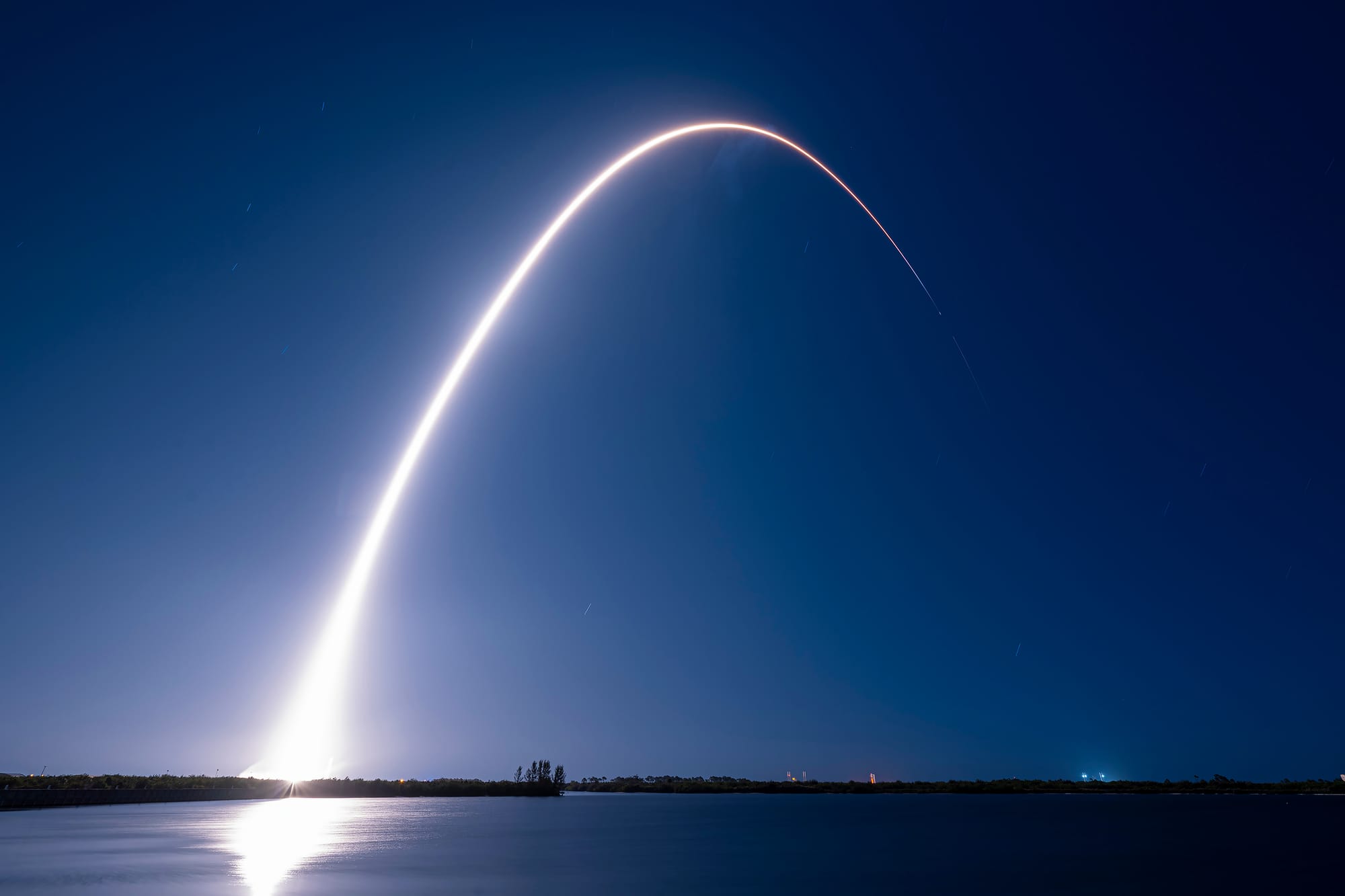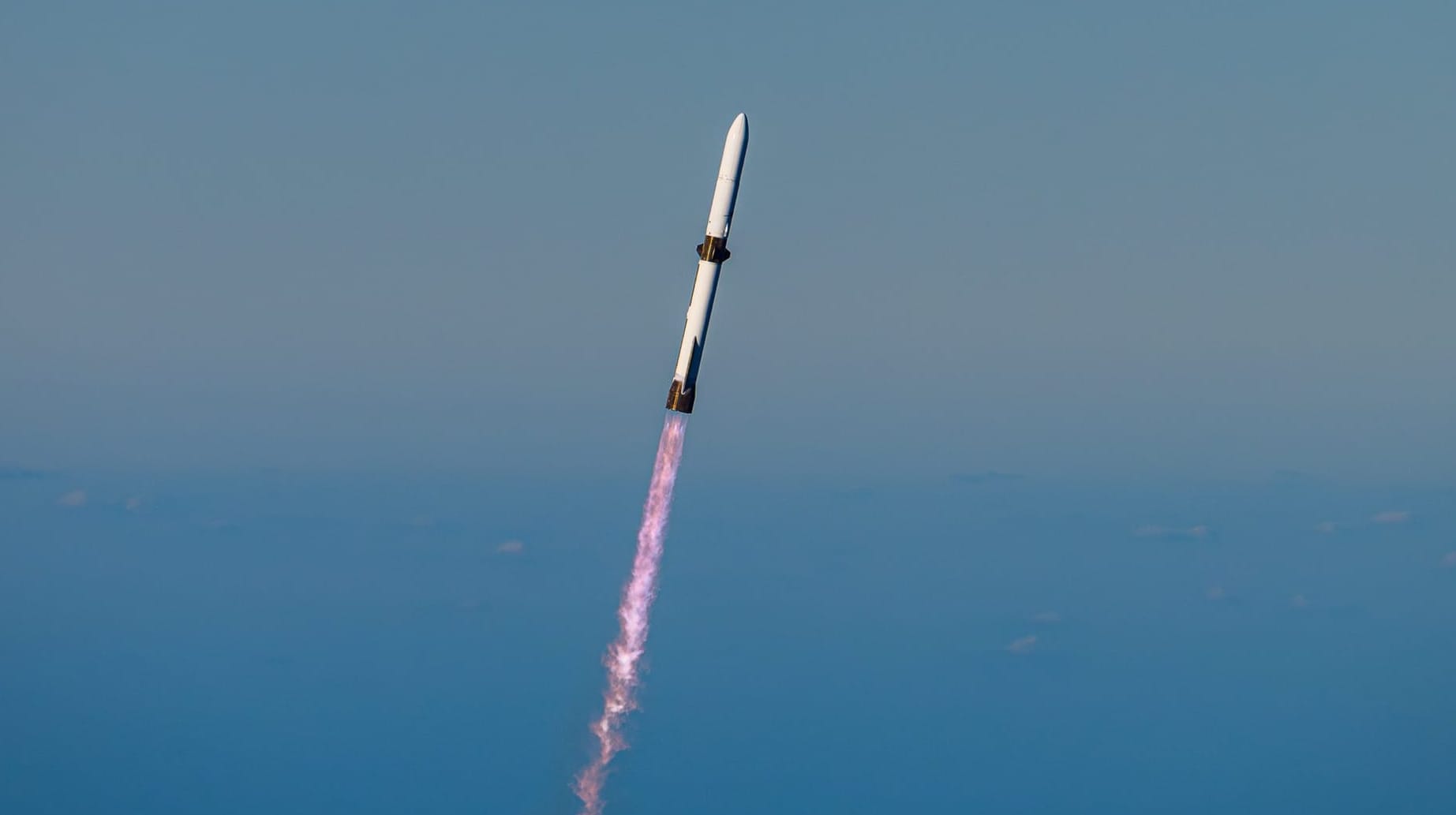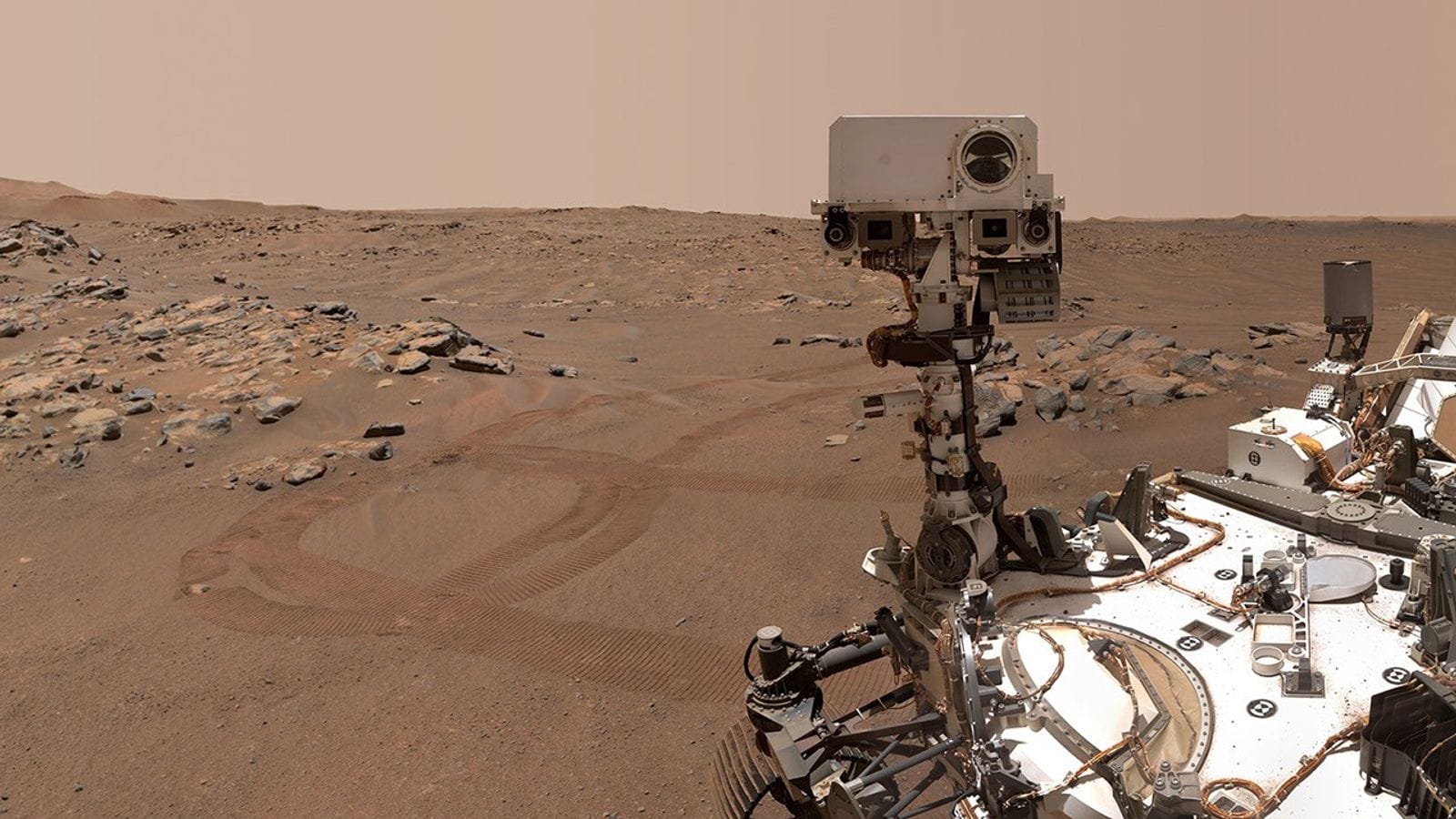Table of Contents
From Launch Complex 39A, SpaceX's Falcon 9 rocket blasted off at 06:06 am Universal Coordinated Time carrying two lunar landers into their lunar transfer orbits. The two landers are Firefly's Blue Ghost and ispace's Hakuto-R.
To allow the two landers to fly on the same rocket, Blue Ghost was placed atop of a payload adapter, with Hakuto-R inside the adapter. In orbit Blue Ghost was deployed first, followed by part of the payload adapter, then finally Hakuto-R. Ahead of the deployment of Hakuto-R, Falcon 9's second-stage performed a tiny burn to enable the lander's desired trans-lunar trajectory.

Supporting the launch of the two landers was a relatively young Falcon 9 booster, B1085. This booster landed on the drone ship 'Just Read The Instructions' downrange from the launch site in the Atlantic Ocean after stage separation. B1085 has previously supported four launches, NASA's Crew-9 mission, the U.S. Space Force's RRT-1 mission, and two Starlink missions.
What is Blue Ghost?
Blue Ghost is Firefly Aerospace's privately developed lunar lander, capable of delivering 150 kilograms to the lunar surface or 2,700 kilograms into the Moon's orbit. The lander stands at just 2 meters tall while being 3.5 meters wide.
Firefly is hoping to perform yearly missions with Blue Ghost with launches across a variety of rockets, including its own in-development medium-lift launch vehicle. In arguing why customers, like NASA, should choose Blue Ghost, the company says:
"Firefly’s Blue Ghost lander is designed and built to be easily adapted to serve each customer’s unique cislunar needs. Our vertically integrated approach with shared components across our vehicles further enables scaled efficiencies, quality assurance, and lower costs that we pass on to our customers."
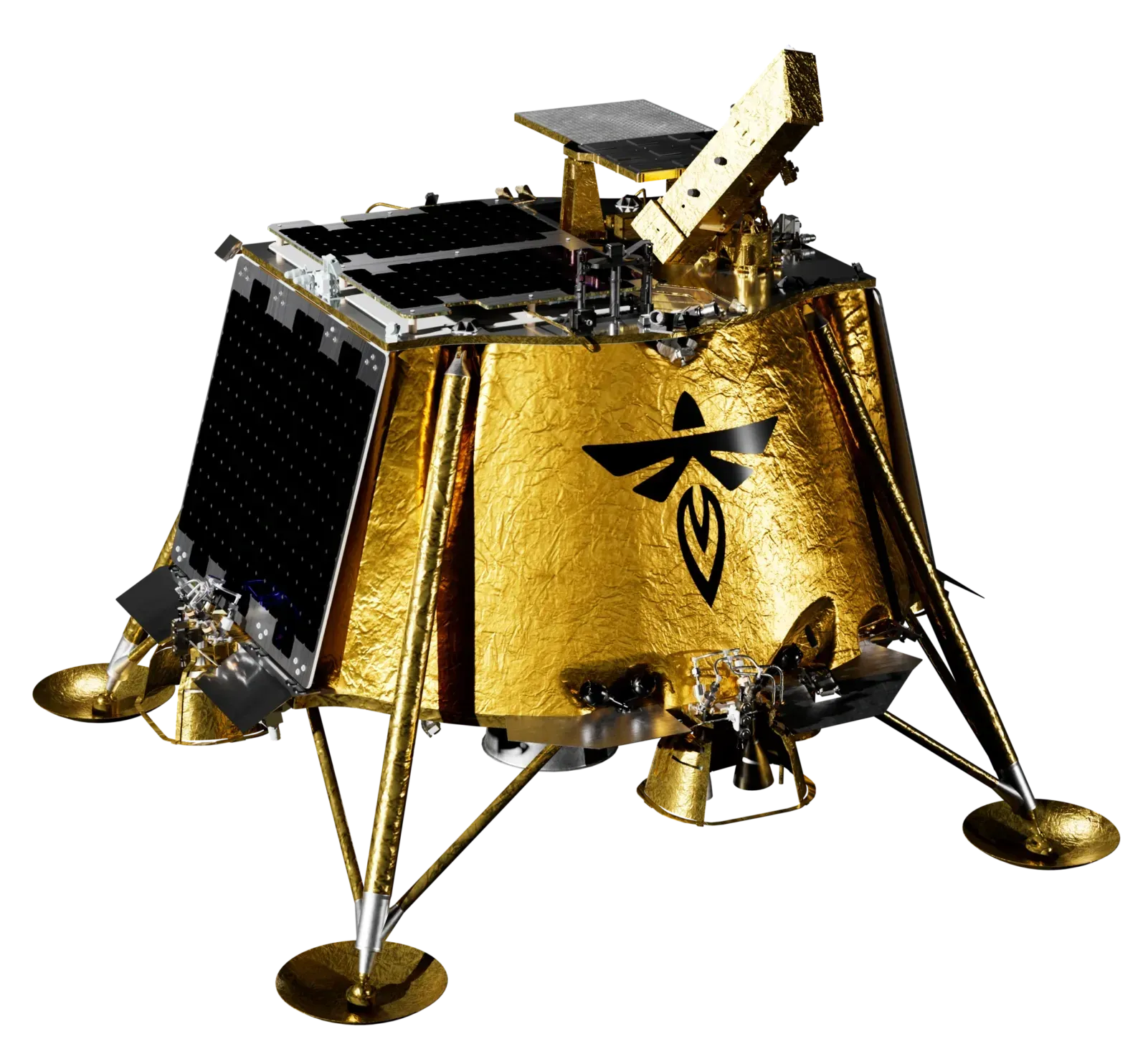
Blue Ghost's first mission is named 'Ghost Riders in the Sky' and is targeting a landing at Mare Crisium near Mons Latreille, while carrying ten payloads. These payloads are:
- Lunar Instrumentation for Subsurface Thermal Exploration with Rapidity (LISTER), which aims to characterize heat flow from the interior of the Moon by measuring the thermal gradient and conductivity of the lunar subsurface.
- Lunar PlanetVac (LPV), which is aiming to demonstrate pneumatic sample collection of lunar regolith by collecting and sorting regolith within its sample collection chamber.
- Next Generation Lunar Retroreflector (NGLR), which hopes to support the determination of the distance between Earth and the Moon by reflecting very short laser pulses from Earth-based Lunar Laser Ranging Observatories and measuring the laser pulse transit time to the Moon and back
- Regolith Adherence Characterization (RAC), which aims to determine how lunar regolith sticks to a range of materials exposed to the Moon’s environment throughout the lunar day.
- Radiation Tolerant Computer (RadPC), which is aiming to demonstrate a computer that can recover from faults caused by ionizing radiation.
- Electrodynamic Dust Shield (EDS), which hopes to demonstrate an active dust mitigation technology that uses electric fields to move dust from surfaces and to prevent dust accumulation on surfaces.
- Lunar Environment heliospheric X-ray Imager (LEXI), which is aiming to capture a series of X-ray images to study the interaction of solar wind and the Earth’s magnetic field that drives geomagnetic disturbances and storms.
- Lunar Magnetotelluric Sounder (LMS), aims to characterize the structure and composition of the Moon’s mantle by measuring electric and magnetic fields.
- Lunar GNSS Receiver Experiment (LuGRE), is hoping to receive and track signals from the GPS and Galileo navigation satellite constellations during the Earth-to-Moon transit and throughout a full lunar day on the Moon’s surface.
- Stereo CAmera for Lunar Plume-Surface Studies (SCALPSS), which is aiming to use stereo imaging photogrammetry to capture the impact of rocket plume on lunar regolith as the Blue Ghost lander descends on the Moon’s surface.
Following its launch earlier today, Blue Ghost will spend roughly forty-five days heading to the Moon. Much of that time will be spent in Earth orbit conducting health checks on each subsystem and turning on each payload. After heading out to and entering orbit of the Moon, two weeks will be spent in orbit before a landing attempt is made.
On the Moon, Firefly is hoping to capture imagery of the lunar sunset as well as an eclipse during the Moon's day. After operating during the lunar day for a few Earth days, the company is hoping to observe how lunar regolith reacts during lunar dusk conditions then Blue Ghost is planned to spend several hours operating during the night.
What is Hakuto-R?
Hakuto-R is Japanese lunar exploration company ispace's privately developed lunar lander, capable of delivering various payloads, including rovers, to the Moon's surface. ispace explains the journey of developing Hakuto-R as follows:
"“HAKUTO” means “white rabbit” in Japanese. In legendary folklore in Japan, it is said that a white rabbit lives on the Moon. This was the inspiration for the name HAKUTO, one of the 5 finalists in the Google Lunar XPRIZE competition—a race for the first private lunar exploration mission."
"Managed by ispace, and supported by sponsors, a passionate crew of volunteers, a large fan club in Japan, HAKUTO competed in the race for the greater part of the past decade. In 2015, the team achieved a $500,000 milestone prize, and in 2017, it completed and delivered a flight-ready rover to its launch location. However, since ispace relied on a partner for the lander and launch, which were not fulfilled, and as no other contestants were capable of completing the mission, the competition ended in March 2018 without a winner. As a result, Team HAKUTO officially closed."
"Now, six months later, ispace has brought back the “HAKUTO” name as the Program Name for its first two lunar missions. Thus, the “R” stands for “Reboot” in the spirit of reenergizing our motivation and drive toward our goal. As an evolution of the HAKUTO logo, the HAKUTO-R logo combines the concepts of a lunar orbit and the Moon’s surface, which together forms the design of a white rabbit similar in shape to an “H” for HAKUTO."
Hakuto-R has previously flown one mission already, making it a few hundred meters above the lunar surface before suffering from a failure.
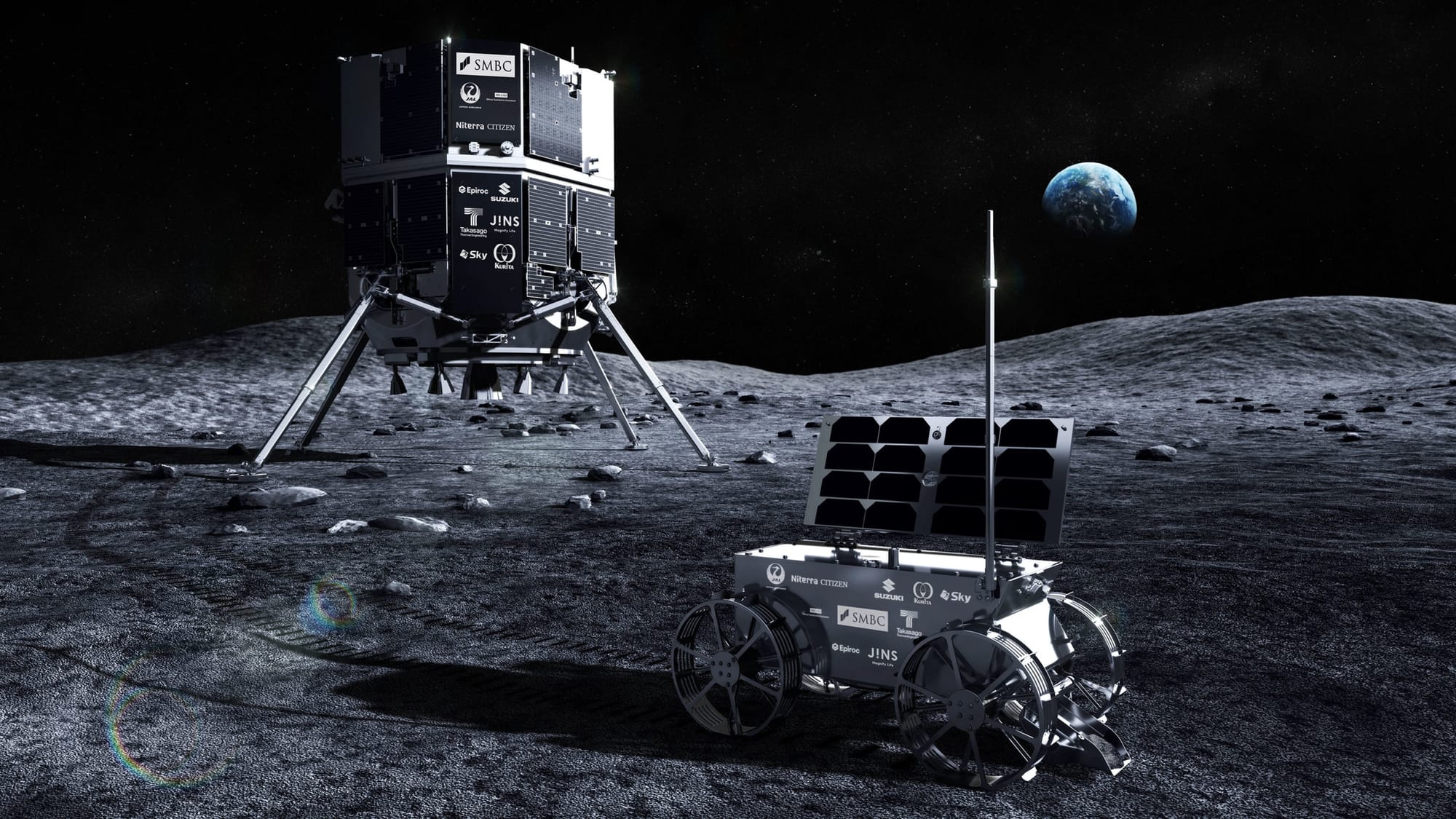
With the second mission, ispace is hoping to successfully touch down in Mare Frigoris for Japan's second-ever lunar landing. Over almost five months Hakuto-R will venture toward the Moon, utilizing an efficient low-energy trajectory. Various payloads, including a UNESCO memory disk, are onboard the lander and are as follows:
- Water electrolyzer equipment: From Takasago Thermal Engineering Co.
- Food production experiment: A self-contained module from Euglena Co.
- Deep space radiation probe: Developed by the Department of Space Science and Engineering, National Central University, Taiwan
- Commemorative alloy plate: Developed by Bandai Namco Research Institute, Inc. and modeled after “Charter of the Universal Century” from the animation Mobile Suit Gundam UC
- TENACIOUS micro rover: Developed by ispace-EUROPE, this rover will explore the landing site, collect lunar regolith, and relay data back to the lander. It will be equipped with a forward-mounted HD camera and a shovel.
- Moonhouse: A model house by Swedish artist Mikael Genberg that will be mounted on the rover
What is Falcon 9?
Falcon 9 is currently the world's only operational partially reusable medium-lift launch vehicle. The rocket is manufactured and operated by American aerospace company SpaceX. Falcon 9 currently launches from Vandenberg Space Force Base, in California, and Cape Canaveral, in Florida.
For recovery, Falcon 9 has four grid fins and four landing legs on the first-stage. The first stage either lands vertically on a drone ship or on a landing pad back at its launch site, landing back at the launch site causes a reduction in payload capacity.
SpaceX claims that Falcon 9 can send up to 22,800 kilograms into low Earth orbit when expended or 18,400 kilograms when reused. Similarly, it can send up to 8,300 kilograms into geosynchronous transfer orbit when expended or 5,500 kilograms when reused.
The first-stage is powered by nine Merlin 1D engines burning rocket-grade kerosene and liquid oxygen to generate 771 tons of thrust for up to two-minutes and forty-two seconds of burn time. The second-stage is powered by a single Merlin 1D vacuum engine burning rocket-grade kerosene and liquid oxygen to generate 95 tons of thrust for up to six minutes and thirty-seven seconds of burn time.
On the pad, the rocket is 70 meters tall with the first and second stages 3.7 meters in diameter, the fairing is 5.2 meters in diameter and tapers out from the top of the second-stage. Fully fuelled Falcon 9 weighs approximately 549,000 kilograms.

